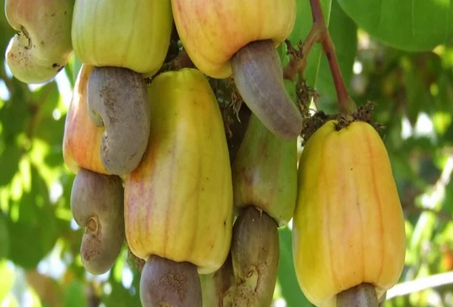- The Overall Production Landscape (5.21 Million Tons): This slight decline from the previous season’s 5.29 million tons suggests that while overall output remains high, it’s not on a continuous upward trajectory. This minor contraction affects the global supply available for processing and consumption.
- Climatic Factors and Their Impact on Yields: Climate change is increasingly a significant variable in agricultural production, and cashews are particularly vulnerable.
- Unseasonal Rains and Flowering Delays: Countries like Vietnam are explicitly reporting production dips (e.g., 10-15% lower than last year) due to unseasonal rains and delays in the flowering cycle. This disrupts the critical reproductive phase of the cashew tree.
- Temperature Extremes: High temperatures can lead to heat stress, affecting growth and nut development, reducing yields. Conversely, unusually cool conditions can delay crops.
- Impacted Major Producing Regions (Examples from 2025/26 Projections):
- Northern Hemisphere (Overall -1.3%):
- Vietnam: Expected to see a significant drop (e.g., 10-15%) due to unseasonal rains.
- Cambodia: Projected to fall short by about 4% due to cool weather conditions delaying the crop.
- Ghana, Benin, Guinea, Burkina Faso, Togo: Several West African producers are forecast to experience declines. For example, Ghana (-18.2%), Benin (-12%), Guinea (-13.8%), Burkina Faso (-13.8%), and Togo (-52.4%). These declines are often linked to environmental factors and sometimes to a shift in focus to local processing.
- Southern Hemisphere (Overall +1.6%): While the Northern Hemisphere faces declines, some Southern Hemisphere producers are showing slight increases, contributing to a slight offset in the global figures.
- Mozambique: Expected to rise by 5.6%.
- Indonesia: Projected to increase by 7.5%.
- Tanzania and Brazil: Expected to remain steady.

